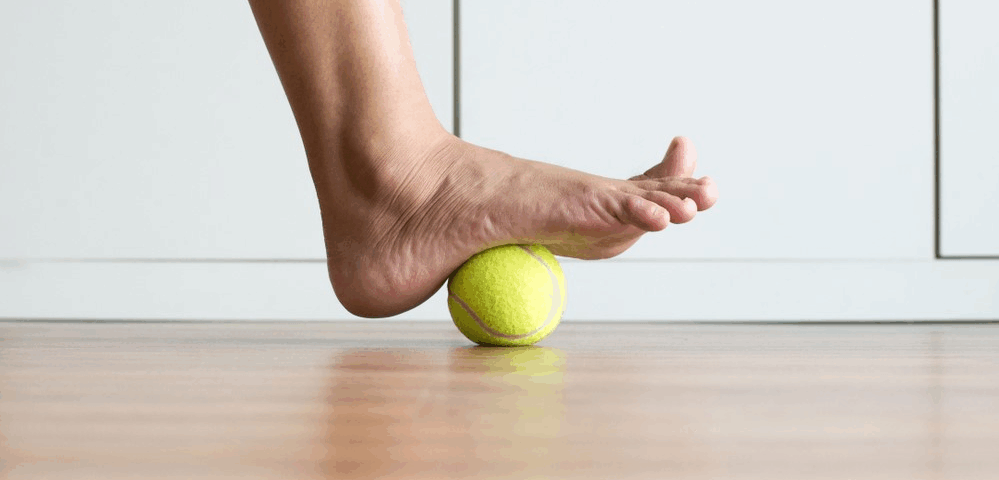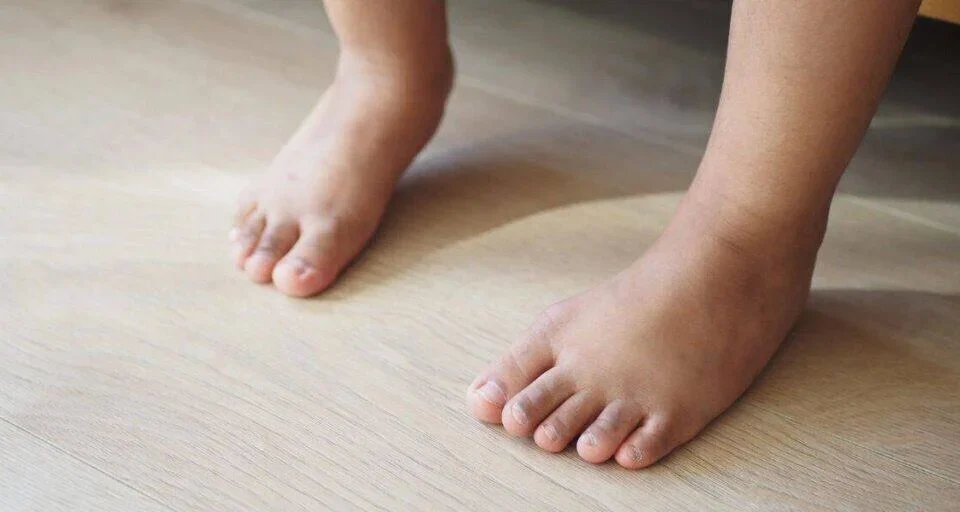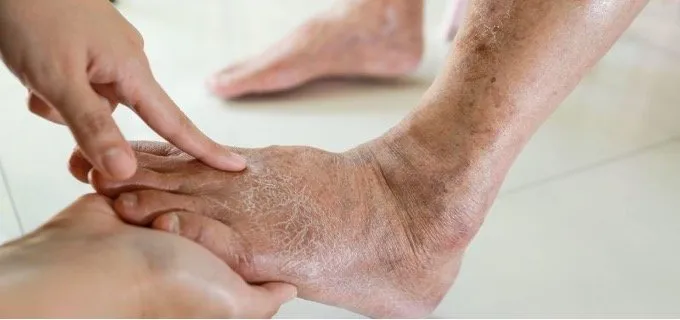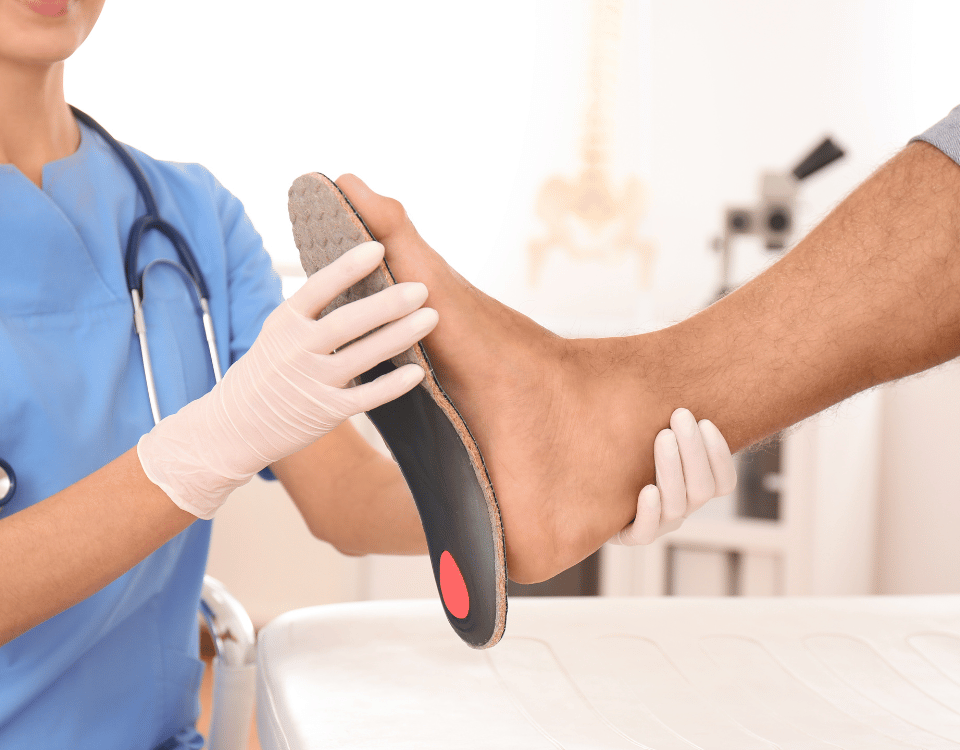
How to Recover Faster from Orthopedic Surgery
August 12, 2025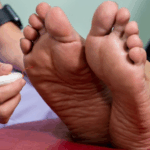
Best Podiatrists for Diabetic Foot Care
August 12, 2025Plantar fasciitis is one of the most common foot problems people face, especially if they spend long hours on their feet or wear unsupportive shoes. It occurs when the plantar fascia — a thick band of tissue connecting your heel bone to your toes — becomes inflamed. This inflammation can cause sharp heel pain, usually worse in the morning or after sitting for a long time.
While severe cases may require professional podiatry treatment, there are many home remedies and lifestyle changes that can help reduce pain, speed up recovery, and prevent future flare-ups. Here are practical, podiatrist-approved tips you can follow at home to treat plantar fasciitis naturally.
1. Start with Proper Footwear
Your shoes play a big role in both causing and curing plantar fasciitis. Wearing flat or unsupportive shoes puts more stress on your heel and arch.
Tips for choosing the right shoes:
- Choose shoes with good arch support.
- Make sure there’s cushioning in the heel area.
- Avoid walking barefoot on hard floors.
- Replace worn-out shoes, especially if you walk or run often.
If you’re at home, try wearing supportive slippers instead of flat sandals or bare feet.
2. Do Morning Foot Stretches Before Getting Up
Morning pain happens because your plantar fascia tightens overnight. Doing gentle stretches before you step out of bed can make a huge difference.
Simple stretch:
- Sit on your bed.
- Loop a towel or resistance band around the ball of your foot.
- Gently pull your toes toward you, feeling the stretch in your arch and calf.
- Hold for 20–30 seconds, repeat 3 times.
These stretches help loosen the fascia and reduce that first painful step in the morning.
3. Use the Ice Therapy Method
Ice is a simple yet effective way to reduce inflammation and numb the pain.
How to do it:
- Fill a water bottle and freeze it.
- Roll the frozen bottle under your foot for 10–15 minutes, 2–3 times daily.
- Alternatively, use an ice pack wrapped in a thin towel.
The rolling motion also works as a mini foot massage.
4. Strengthen Your Foot Muscles
Weak foot muscles can make plantar fasciitis worse. Strengthening them helps provide better support for your arch.
Easy exercises to try:
- Toe curls with a towel: Place a small towel on the floor, use your toes to scrunch it toward you.
- Marble pick-up: Place marbles on the floor, pick them up with your toes and drop them in a cup.
- Heel raises: Stand and slowly lift your heels, then lower them back down.
Do these exercises for a few minutes daily to build foot strength.
5. Rest, But Not Too Much
It’s important to rest your foot to allow healing, but complete inactivity can actually make it worse by tightening the fascia.
Balanced approach:
- Avoid activities that involve running, jumping, or standing for long hours.
- Replace high-impact exercises with low-impact ones like swimming or cycling.
- Continue gentle stretches and light walking to keep blood flowing.
6. Massage Your Arch
Massaging the bottom of your foot can help break up tension and improve circulation.
How to massage your foot:
- Use your thumbs to press and move along the arch of your foot.
- For deeper relief, use a tennis or lacrosse ball and roll your foot over it.
- Do this for 5–10 minutes, especially before bed.
You can also add a drop of essential oils like peppermint or lavender for a soothing effect.
7. Try Night Splints
Night splints keep your foot slightly flexed while you sleep, preventing the fascia from tightening overnight.
Benefits:
- Reduces morning heel pain.
- Helps stretch both the plantar fascia and Achilles tendon.
- Can speed up recovery.
You can buy them online or at a pharmacy.
8. Maintain a Healthy Weight
Extra body weight adds more stress to your feet. Even a small weight loss can reduce the pressure on your plantar fascia.
Simple lifestyle tips:
- Eat a balanced diet rich in vegetables, fruits, lean proteins, and whole grains.
- Reduce sugary and processed foods.
- Stay active with low-impact workouts.
9. Use Orthotic Inserts
If your shoes don’t have enough support, orthotic inserts can help. They provide extra cushioning and correct your foot’s alignment.
Options:
- Over-the-counter gel or foam insoles.
- Custom orthotics made by a podiatrist for your specific needs.
10. Be Patient and Consistent
Plantar fasciitis can take weeks or even months to fully heal, depending on severity. Consistency is key — skipping your stretches or wearing bad shoes will slow progress.
When to See a Podiatrist
If home remedies don’t bring improvement within 2–3 weeks, or the pain worsens, consult a podiatrist. They may suggest:
- Physical therapy
- Corticosteroid injections
- Shockwave therapy
- In rare cases, surgery
5 Common FAQs about Treating Plantar Fasciitis at Home
1. How long does plantar fasciitis take to heal at home?
It varies from person to person, but with consistent care, many people feel better in 4–6 weeks. Severe cases may take several months.
2. Can I walk with plantar fasciitis?
Yes, but avoid long walks on hard surfaces. Wear supportive shoes and take breaks to prevent worsening the pain.
3. Is heat or ice better for plantar fasciitis?
Ice is better for reducing inflammation and pain, especially in the early stages. Heat can help relax muscles before stretching, but avoid it if swelling is present.
4. Can plantar fasciitis go away without treatment?
Sometimes it improves on its own, but without proper care, it can last much longer or return. Home treatments speed up healing and prevent recurrence.
5. Do foot massages really help?
Yes! Regular foot massages improve blood flow, loosen tight fascia, and reduce pain, making them a great home remedy.
Final Thoughts
Plantar fasciitis may be painful, but with the right home care, most people recover without surgery or advanced medical treatment. By combining stretching, strengthening, ice therapy, supportive footwear, and lifestyle changes, you can take control of your healing process. Listen to your body, be consistent, and don’t rush — your feet will thank you.

